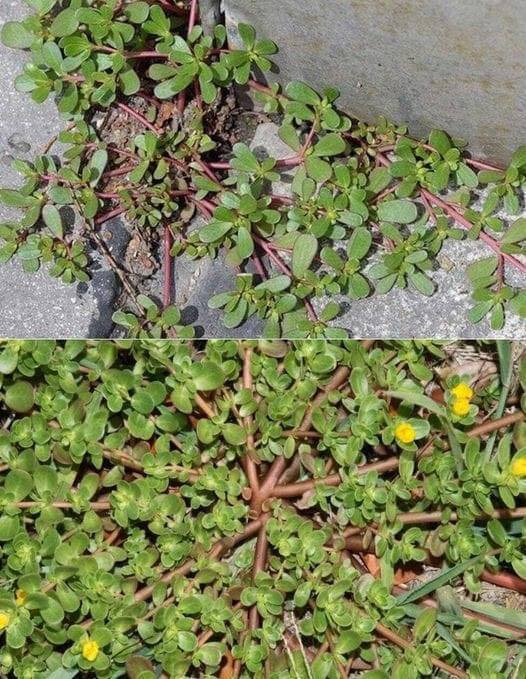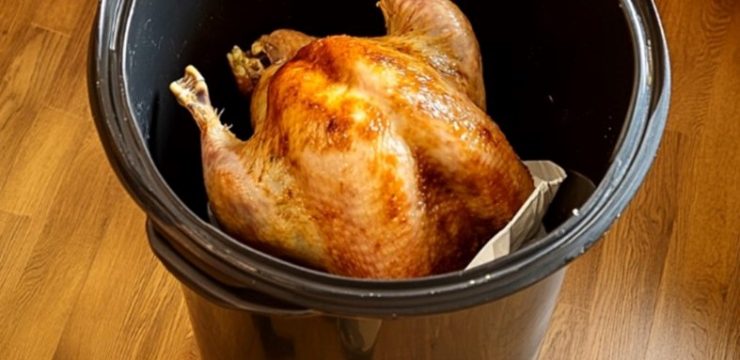If you happen to see purslane, or Portulaca oleracea, growing in your yard, resist the urge to remove it. Often dismissed as a weed, purslane is actually a powerhouse of nutrition and has surprising benefits for both your health and your garden.

Nutritional Benefits of Purslane
Purslane, an edible herb native to Asia but now found worldwide, is packed with health benefits. Despite being labeled a weed, it’s incredibly nutritious. This plant is rich in antioxidants, essential minerals, omega-3 fatty acids, and other beneficial plant compounds. Its reddish stems and green leaves contain beta-carotene, a pigment that works as an antioxidant to help reduce free radicals in the body, potentially lowering cancer risks.
Furthermore, purslane boasts one of the highest recorded levels of omega-3 fatty acids among land-based plants, which can support heart health. Adding purslane to your diet may improve cardiovascular function and enhance your overall well-being.
In addition to its omega-3 content, purslane is also a valuable source of calcium and magnesium, two minerals crucial for bone health. By incorporating this superfood into your meals, you’re giving your body a nutrient boost that strengthens bones and supports cellular functions.
Adding Purslane to Your Diet
Purslane goes by many names – pigweed, little hogweed, fatweed, and pusley. With a flavor similar to spinach, it’s a refreshing, crunchy addition to any meal. You can eat it raw or cooked, and it makes an excellent addition to salads, soups, and stews. Given that purslane contains around 93% water, it’s also hydrating and a great way to add variety to your diet.
Purslane’s Environmental Benefits
One of the most remarkable qualities of purslane is its resilience. It can grow in hot, dry areas with minimal maintenance, making it ideal for regions where water and resources are scarce. You may even spot purslane growing between sidewalk cracks! This hardy plant thrives in diverse environments, requiring little care to flourish.
But it’s not just easy to grow – purslane’s root system helps improve soil health and prevents erosion. By keeping purslane in your garden, you’re also enriching your soil and supporting a more stable, fertile environment naturally. The U.S. Department of Agriculture classifies purslane as a “noxious weed,” and in some regions, it’s controlled or restricted. However, in many areas, its benefits outweigh the potential downsides.
Attracting Pollinators
Beyond its dietary and environmental benefits, purslane is an excellent addition to your garden’s ecosystem. The plant’s small, colorful flowers attract pollinators like bees and butterflies, supporting a healthy and vibrant garden environment. These beneficial insects contribute to the health of your other plants, making purslane a valuable companion plant for any home gardener.
Embrace the Value of Purslane
With so many benefits packed into one little plant, purslane is worth keeping around. From boosting your health to enhancing your garden’s ecosystem, this unassuming herb is much more than meets the eye. Next time you see purslane growing in your yard, think twice before pulling it up – it might be the most valuable plant in your garden.
Share this helpful information with friends and family!





